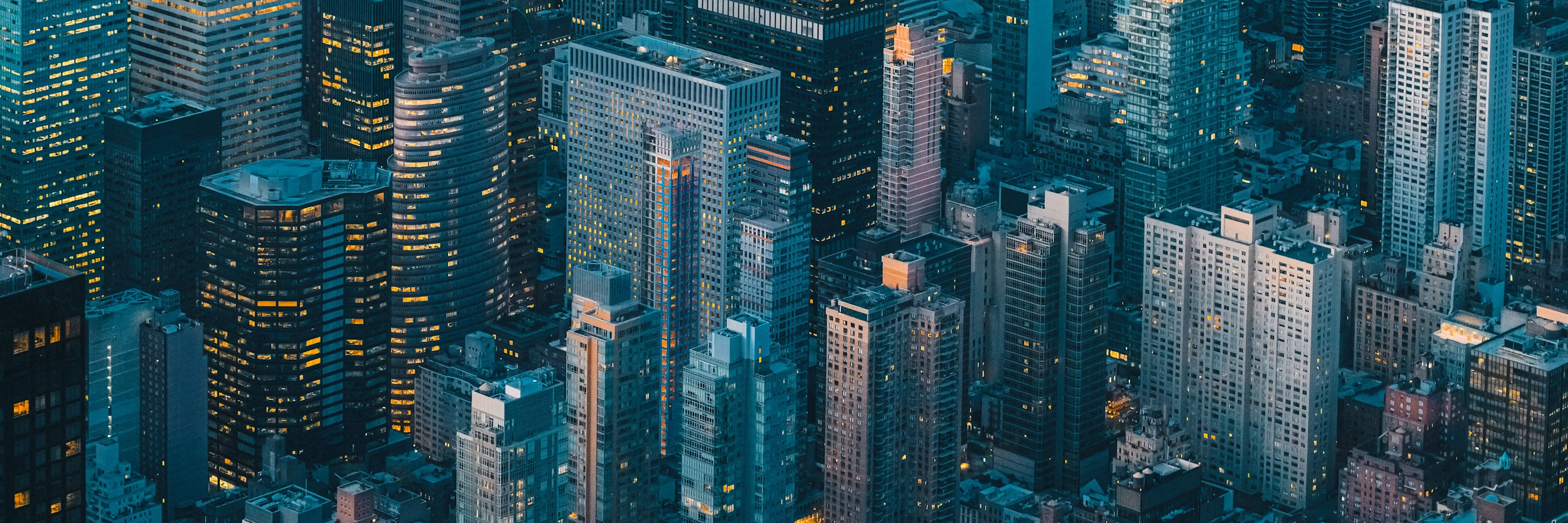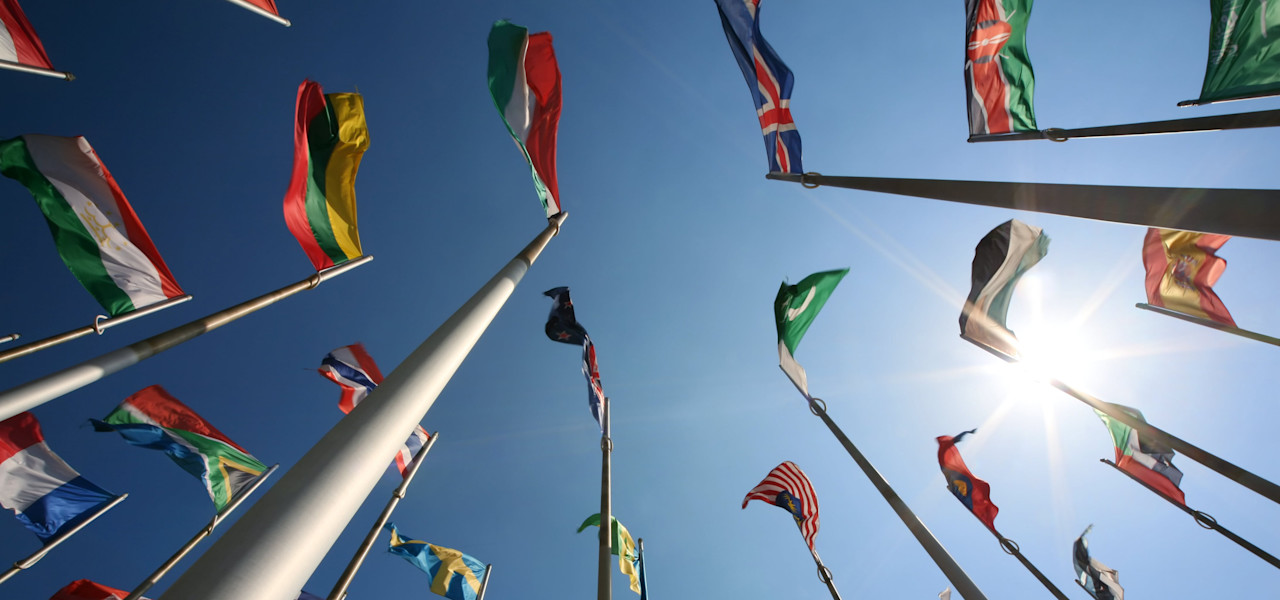The Sustainable Development Goals (SDGs) are 17 objectives for improving human society, ecological sustainability and the quality of life published by the United Nations in 2015. They cover a broad spectrum of sustainability topics, ranging from eliminating hunger and combating climate change to promoting responsible consumption and making cities more sustainable. The SDGs are the successor to the Millennium Development Goals (MDGs), eight objectives launched in 2000.
All countries – no matter how rich or poor they are – have agreed to work towards achieving the 17 SDGs by 2030, thereby establishing a 15-year timeframe for progress. The goals are part of ‘Transforming our World: the 2030 Agenda for Sustainable Development’ and are branded by the UN as "a blueprint to achieve a better and more sustainable future for all.”

The 17 goals have 169 underlying targets and 232 approved indicators which are used to track progress towards achieving them. For example, SDG 3 (good health and well-being) has targets that aim to end premature mortality, halt the spread of communicable diseases like malaria and HIV/AIDS, and promote the attainment of affordable universal health coverage. The indicators measure factors such as a country’s child mortality rate, the numbers of new malarial or HIV infections, and the number of people covered by health insurance.
All 193 UN member states adopted the SDGs, and so are expected to track the progress that they are making towards achieving them. The UN Statistics Division (UNSTATS) has the primary responsibility for collecting countries’ metrics on the SDGs. These can be accessed via ‘SDG Indicators’, the UN’s interactive Global SDG Database.





















